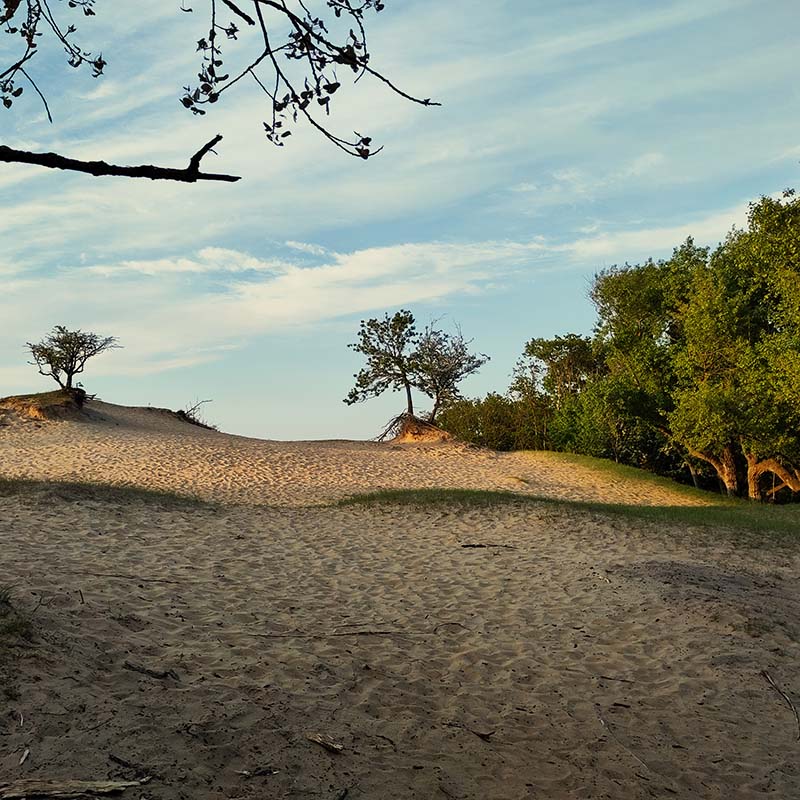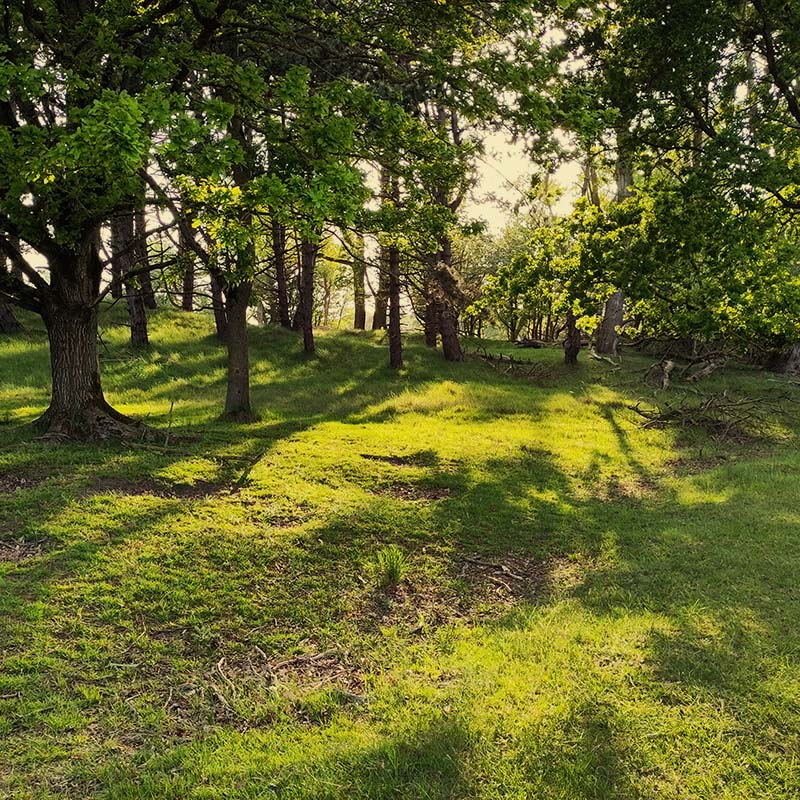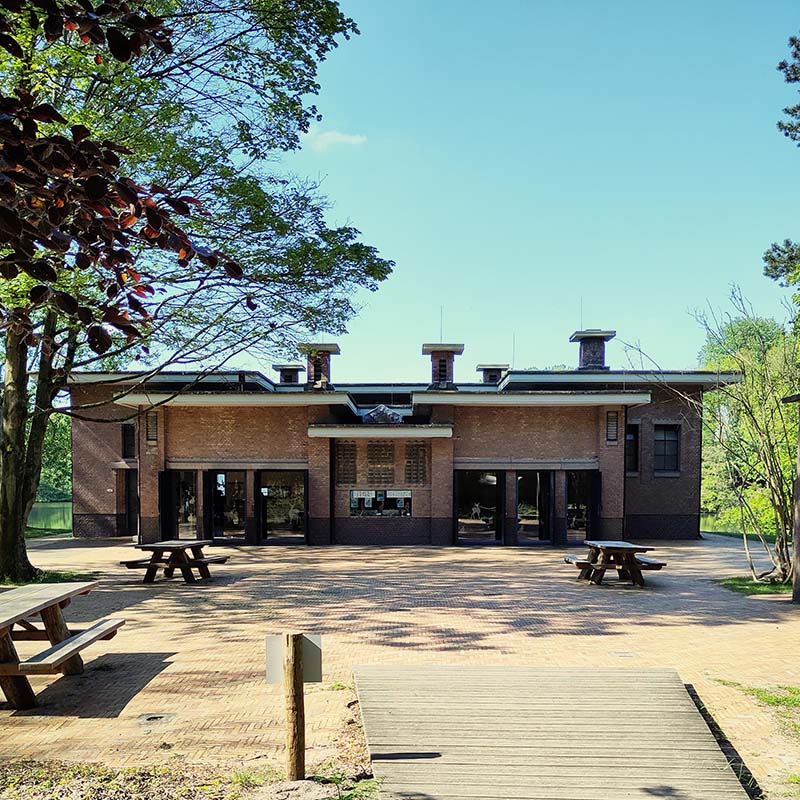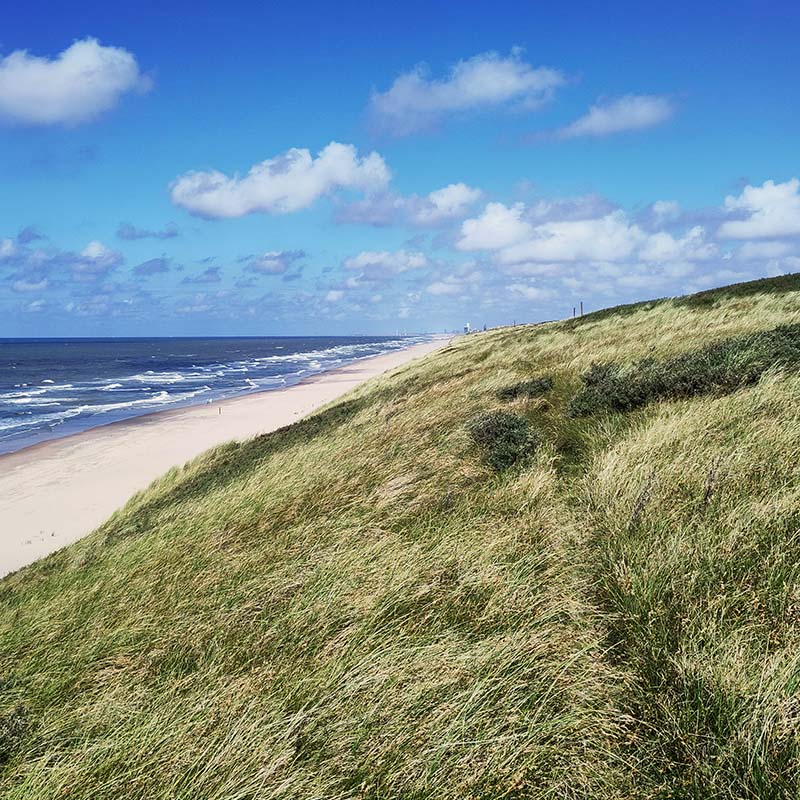Water, sand, forest, birds and fallow deer. That’s the recipe that makes up the Amsterdam Water Supply Dunes (AWD). A spectacular piece of nature that was developed to supply the city of Amsterdam with clean drinking water. Many visitors are there to do amazing wildlife photography. I’ve really enjoyed it because of the possibility of hiking off trail. Something that is very rare to be allowed to do in the Netherlands.

History
In the 19th century the city of Amsterdam was regularly struggling with diseases like cholera and typhus. Once they realized that this was caused by filthy drinking water they knew something had to be done. They were inspired by a system that was set up by the Londoners. By 1853 a system of pipes was installed that transported water extracted from the dunes in Vogelenzang to the city of Amsterdam.
For years water was only extracted from the dunes. But around 1890 complaints were made about the land drying out. Since then they’ve started with infiltrating river water into the dunes. And that’s how it still is today. Water is flowed into channels where it can infiltrate into the sand. In other, lower channels the water will exfiltrate naturally and there it will be pumped away to a last specialized water treatment. After that the water is ready for drinking and is transported to the homes.
Traveling to AWD
The park has four main entrances. At these entrances a large parking lot has been situated where you can park your car for a small fee. Since biking is not allowed in the park, a bicycle parking area is available for free. Most entrances can also be reached by public transport. Check the addresses (list of websites below) to figure out what is the best option for you.

Keep in mind that every visitor over 18 needs to pay an entrance fee for the park. It’s not very obvious and easy to miss. Tickets can be bought in two different ways. At the payment post close to the entrance of the park or online. There is no entrance gate where you will be checked, but staff can stop you in the park and ask for your ticket.
Where to stay
If you’re visiting Amsterdam, a day trip to the Amsterdam Water Supply Dunes is easy to organize. However, if you really want to take your time in AWD then it can be a good idea to stay a bit closer. Since this whole region is so popular it’s hard to point to one specific place to stay. The region has a high selection of hotels, bungalow parks and campsites. Towns closest to the park are called: Zandvoort, Aerdenhout, Vogelenzang and De Zilk.
If you want to have the experience of almost staying in the park then I recommend staying at campground Ruigenhoek. It borders the park and it is a natural camping area, which really gives you the sense of camping in nature. I’ve not stayed there, but it really looks beautiful when I pass it.
Visitor center
The park has one visitor center, located in an old pump house. I thought the old architecture of the building was magnificent. Unfortunately the center didn’t offer much information or exhibits. There were two touch screens with information that is already on their website and all information was only available in Dutch. Besides that there were a few taxidermied animals on display. If you somehow miss out on the fallow deer in the park you can see one in here.

For children they have a few things to buy or pick up before going on exploration in the park. They offer a discovery kit that you can use to become a ranger assistant. They have a search map so kids can try to find all items on the list. And lastly they have a learning kit about the fallow deer.
The visitor center has a shop where you can buy some books and flyers connected to the nature you’ll find in the park. Also they sell a map of the park if you want some help with exploring the park.
Hikes
The park has a lot of hiking trails on offer. From each of the four entrances two marked hikes start. On the website of AWD you’ll find even more planned out hikes. However, the best thing about this piece of nature is that you’re allowed to go completely off trail and explore. I’ve really enjoyed doing that, discovering new sights. It really is a unique experience. There are a few zones that you’re not allowed to enter. This is where the clean water exfiltrates. These are marked on the maps at the entrance of the park.

Ranger programs
The park offers quite a few guided tours. Some are free, others you have to pay for. I’ve not been on any of the tours yet. But from what I’ve seen they offer some nice diversity in activities. So I bet you can find something that suits your interest.
What else to do
As I said all the way in the beginning of this post. Many people come here to observe and or photograph wildlife. Often when I enter I see the photographers, with their telescope lenses, leave after an early morning of shooting pictures.
There are a few designated playground areas in the park. However, don’t expect any playground equipment. Branches and fallen trees are what is on offer. A great way for kids to use their imagination. Also the sandy areas can be really nice to play in.

Swimming in the park is not allowed. But you can cross through the park, exiting on the beach side and have a swim in the sea, before returning back to where you entered the park. Be aware that a big portion of the coastline is a nudist beach.
Websites
- History – https://awd.waternet.nl/over-de-awd/geschiedenis/
- History – https://nl.wikipedia.org/wiki/Amsterdamsche_Duinwater-Maatschappij
- History – https://edepot.wur.nl/391512
- How it works – https://awd.waternet.nl/over-de-awd/waterzuivering/
- Adresses – https://awd.waternet.nl/bezoek/adres-en-bereikbaarheid/
- Entrance tickets – https://awd.waternet.nl/bezoek/toegangskaarten/
- Campground Ruigenhoek – https://www.goedkamp.nl/ruigenhoek/
- Visitor center – https://awd.waternet.nl/bezoek/bezoekerscentrum/
- Hikes – https://awd.waternet.nl/beleef/wandelroutes/#/
- Guided tours – https://awd.waternet.nl/beleef/activiteiten/

